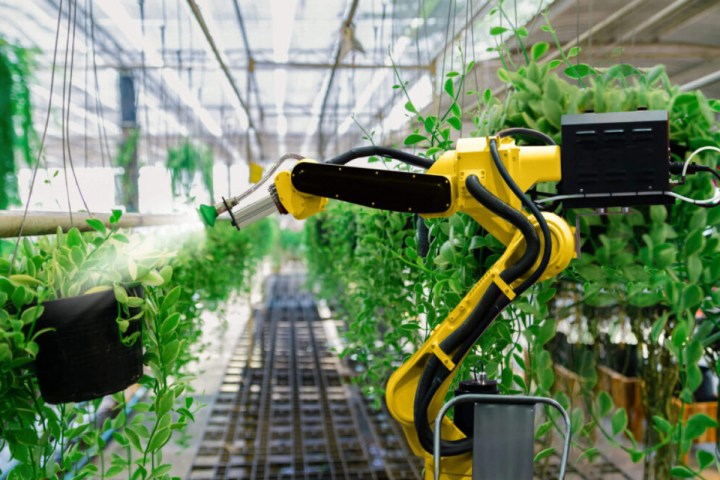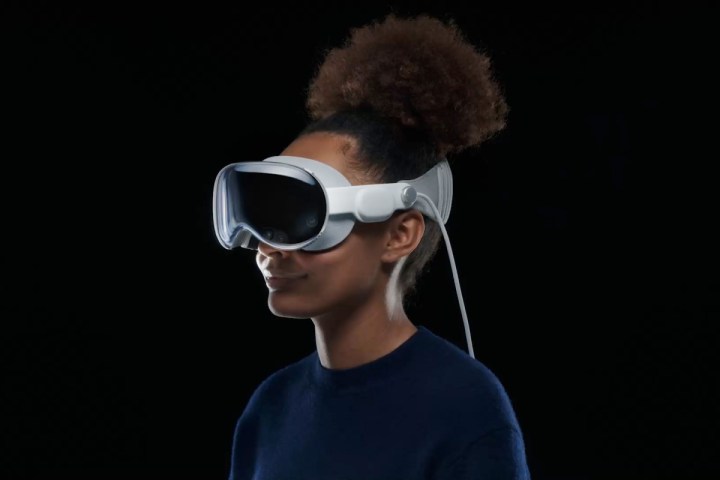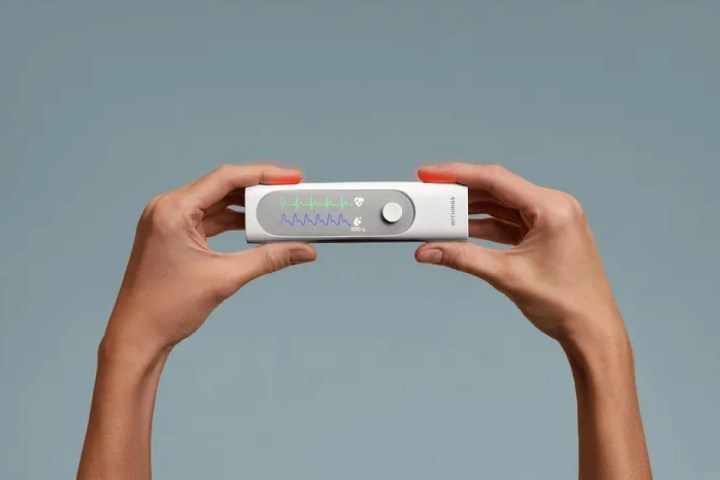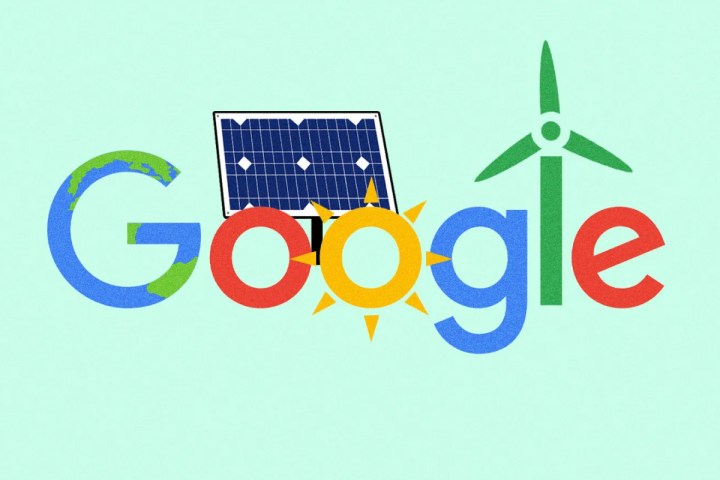In recent years generative artificial intelligence strengthened in our society. Thus, in 2024 technologies It will be integrated into the products that we will be able to purchase. However, this is not the only factor that is changing our environment. From sustainable approaches to exciting experience with virtual reality (VR), here we present five technology trends that will set the course for 2024.
From computers to artificially intelligent robots
Leading companies such as Intel and Qualcomm are rushing to create general-purpose computers with outstanding artificial intelligence (AI) features. Microsoft, whose operating system will run on these machines, recently required the inclusion of a dedicated AI button on the keyboards of new Windows PCs, making it easier to access its powerful AI tool. Second pilot in Windows 11.
In the smartphone space, Samsung plans to launch new AI-powered devices soon after CES, continuing the trend of using machine learning to improve photos and optimize phone calls.
On the other hand, in 2024, robotics will also play an important role in various industries, from automotive to agriculture, medicine and hospitality. Software startups are partnering with manufacturers to offer more affordable robot automation solutions with easy-to-use software and intuitive interfaces, especially for non-technical users.

In a connected digital ecosystem, robotics optimize performance, save energy, and fully realize the benefits of artificial intelligence. AI algorithms will improve the physical precision of robots in tasks such as vision-based grasping, and will also be useful in warehouses and in critical sectors such as surgery and rescue operations.
Although we’re in the early stages, the list of AI-powered products expected by 2024 includes everything from computers and cars to robots and healthcare tools. The availability of AI gadgets is expected to remain constant throughout the year and beyond.
Wearable devices with AR, VR and MR
Google Glass arrived a decade ago, but its adoption was hampered by concerns about privacy, security and cost. In 2014, following Facebook’s acquisition of Oculus, Mark Zuckerberg introduced the concept of a metaverse. Although these developments were not implemented, they paved the way for the development of wearable technology, improving weight, comfort, resolution and haptic feedback.
In 2024, big tech companies will begin to push for a more complete vision of what augmented reality (AR), virtual reality (VR), and mixed reality (MR) will bring to us. An example is Apple. The company plays a critical role in the development and implementation of these technologies. They will release headphones in early 2024. VisionPro priced at $3,499, in hopes of changing the way we consume media and work.

However, this does not mean that everyone will rush to buy their own helmets or that they will be available to everyone. There are also questions about whether Apple can create a mixed reality headset that people want to use, and what will happen to the spatial computing technology if it fails to achieve that goal.
Of course, Apple is not the only company that has decided to work in this area. Last year, Samsung, Google and Qualcomm announced an alliance to work on headphones.
Health monitoring technology without leaving home
No device or artificial intelligence can replace the experience of a qualified human doctor. However, there are numerous health technology products coming out of CES that promise to make it easier to monitor and care for your well-being from the comfort of your home.
Known for its urine analyzer last year, Withings has launched multifunction device which allows you to measure temperature, check blood oxygen levels and save digital stethoscope results. Other manufacturers plan to introduce sophisticated sensors, such as wireless headphones, that, in addition to playing podcasts, monitor heart health with clinical precision.

Some projects are aimed at helping people with more personal health problems. An Irish company plans to release a wearable sensor that will track the frequency and severity of menopausal symptoms, while a South Korean company says it has developed a device that improves sperm motility.
At a show like CES, it’s difficult to fully appreciate the effectiveness of these products. However, it is clear that tech companies are willing to explore areas that may not have received the attention they deserve in the healthcare space.
The rise of satellite telephone networks
Satellite phone networks have been around for decades, but the idea of connecting people to satellites has only become widespread in recent years with the introduction of the Apple iPhone, especially in emergency situations. However, in 2024, some companies are getting closer to making additional practical satellite connections a reality.
Earlier this month, Elon Musk’s SpaceX launched its first six latest generation satellites designed to act as cell towers in space, allowing any 4G LTE device to connect to the Starlink network. This would end the era of cellular dead zones.

The idea, originally explained by Musk in 2022, is that mainstream smartphones like those offered by T-Mobile will be able to send and receive text messages from anywhere in the world starting this year. Both companies hope to offer voice and even data services, but likely not until 2025.
Elsewhere, Amazon and its Kuiper project, a global satellite broadband Internet service designed to compete with Musk’s Starlink, cleared a crucial hurdle in late December, successfully creating stable data connection and high speed between two test satellites. The company plans to build a sufficient orbital fleet in the coming months to begin testing in late 2024.
Sustainable Technologies
From consciousness in wearables to robotics and wireless efficiency, all of these trends seem to have a common theme: sustainability. Each new generation of technology pushes markets and companies towards innovative, environmentally friendly solutions.
The Intergovernmental Panel on Climate Change (IPCC) has warned that significant cuts in carbon dioxide emissions are needed to prevent the Earth’s temperature from rising to uncontrollable levels.

In this context, companies are expected to continue working towards goals in 2024 that will contribute to preventing this existential threat. For example, Google has optimized its data centers to use half as much energy, while Apple has committed to achieving carbon neutrality by 2030.
Fortunately, sustainability is increasingly present in companies’ activities and practices, helping to find solutions that can potentially reverse the effects of climate change. This progress is evident as leaders embrace new forms of innovation and demonstrate determination to move toward a shared destiny.
Source: Digital Trends
I am Garth Carter and I work at Gadget Onus. I have specialized in writing for the Hot News section, focusing on topics that are trending and highly relevant to readers. My passion is to present news stories accurately, in an engaging manner that captures the attention of my audience.











